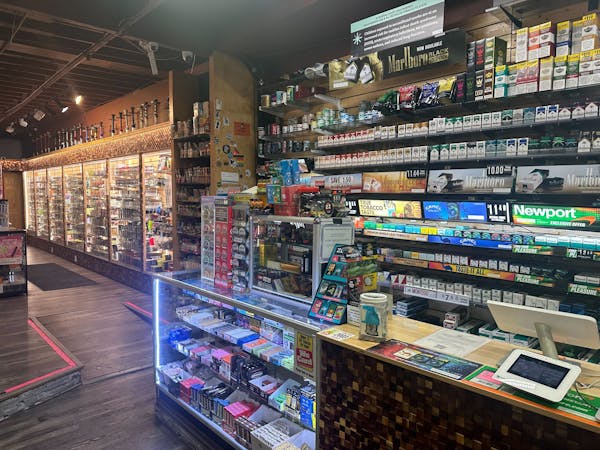The National Transportation Safety Board is more than two weeks away from publicly announcing what caused the collapse of the Interstate 35W bridge, but already some of its findings are running into skepticism from the halls of Congress and those representing victims of the collapse.
An article in the Star Tribune on Sunday said investigators believe that the bridge's original designers likely neglected to calculate the size of key gusset plates that eventually failed. Investigators also determined that corrosion of certain plates, extreme heat and shifting piers did not contribute to the collapse, according to sources with direct knowledge of the probe.
U.S. Rep. Jim Oberstar, D-Minn., who chairs the House Transportation Committee, has been at odds with the NTSB during the course of the bridge inquiry. And he remains skeptical of the agency's suggestion that gusset plate design was solely responsible for the collapse. "It stretches both credibility and past experience with bridge structural failure to find causation through a single factor," he said Sunday.
Oberstar also criticized the agency for what he said "appears to be a selective leak. ... I can't recall a previous leak of critical information in so serious an investigation as this one."
NTSB spokesman Terry Williams said Sunday evening the agency would not comment on Oberstar's remarks. "We've not reached any conclusion or released any documents," he said.
Kevin Gutknecht, spokesman for the Minnesota Department of Transportation, said that agency would wait for the report to be released before commenting.
Based on previous information from the NTSB, state transportation engineers have been recalculating the loads on bridges with gusset plates, conducting inspections and announcing temporary or permanent closures.
NTSB Chairman Mark Rosenker has previously indicated that flawed gusset plates were a focus of investigators' efforts. According to sources, investigators believe that if key plates had been an inch thick instead of one-half inch thick, the bridge would have held up under tons of concrete and steel that were added in two renovation projects and the 287-ton construction load on the bridge the day it collapsed.
The NTSB is scheduled to discuss a draft report of investigators' findings at a public hearing in Washington on Nov. 13.
While the NTSB may be nearing its conclusion, "our experts have not reached a conclusion, and our experts are the world's leading experts," said Phil Sieff, one of the lead lawyers for a group of more than 100 victims of the bridge collapse. The agency has yet to grant full access to the evidence, Sieff said.
Williams said his agency does not provide special access to lawyers prior to the release of its findings. "The NTSB does not get involved in litigation, so that's not our role," he said.
Sieff, who describes the NTSB as a political organization, said "it's hard for me or for any of the victims to place an enormous amount of credence in what the NTSB is saying or supposedly is going to say until our own experts reach their own conclusions.
"It seems illogical to suggest that everything goes back to a design that had been in place for decades," he said. "I mean, why did it fall that particular day?"
He also criticized the way the agency is doing its work -- and the way information is filtering out to the public.
"It could turn out that the NTSB's conclusion is correct, but they've run what in essence has been a closed-door investigation," he said. "... It shows an inconceivable level of insensitivity to have the victims read of an incomplete report through a leak."
The Associated Press contributed to this report. Jim Foti • 612-673-4491

Cigarettes at $15 per pack? Minneapolis might do it.
![St. Louis County Board approved a plan to distribute $24 million in CARES funding, including $6 million to be distributed to small businesses. ] ALEX](https://arc.stimg.co/startribunemedia/ED62G7Y2RWISNRUZQRT3ZTJVHU.jpg?h=91&w=145&fit=crop&bg=999&crop=faces)
Duluth man sentenced to 40 years for role in drive-by shooting that killed 19-year-old

